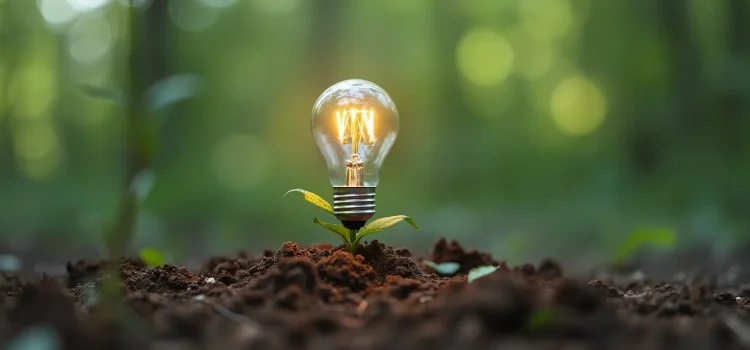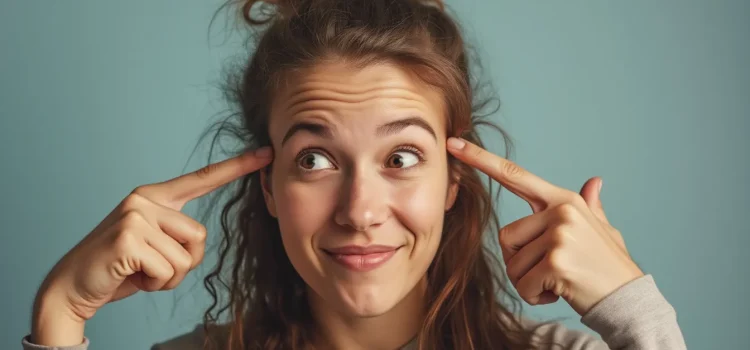Do you wonder why some people consistently have breakthrough ideas? What pathways lead to those “aha” moments that can change everything? Psychologist Gary Klein reveals how to find insight through three distinct paths. While insights may feel random, they typically emerge when we encounter information that challenges our beliefs, make unexpected connections between ideas, or find creative solutions under pressure. Read on to discover how scientists, inventors, and even astronauts have leveraged these three paths to breakthrough thinking—and how you can apply these same principles to find your own insights.
How to Find Insight: The 3 Paths to Breakthrough Moments










